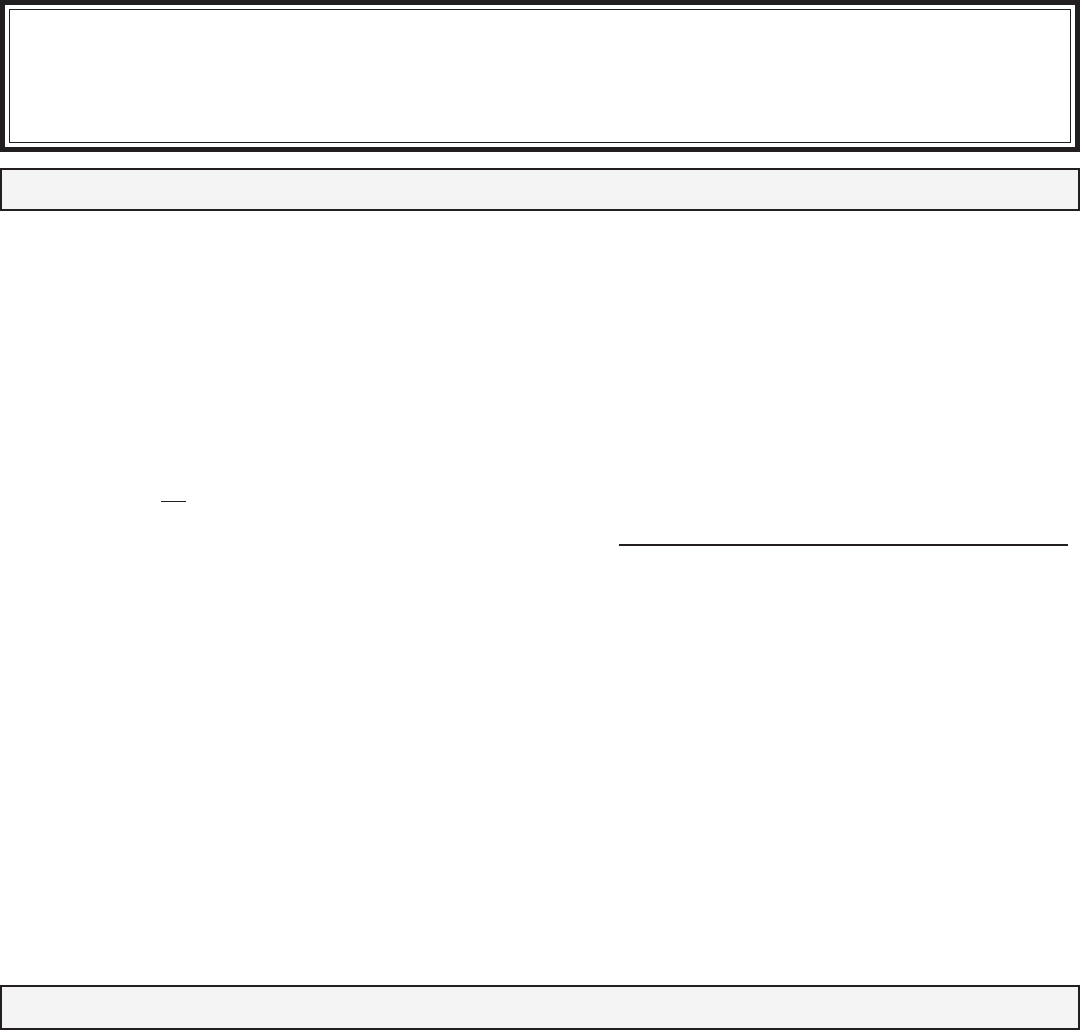
1
Sch590
10. Do not use an extension cord unless absolutely necessary.
Use of an improper extension cord could result in fire or
electric shock. If an extension cord must be used, make
sure that:
• Pins on plug of extension cord are the same number, size,
and shape as those of plug on charger.
• Extension cord is properly wired and in good electrical con-
dition.
• Wire size is large enough for AC ampere rating of charger,
as specified below:
_____________________________________________
Length of cord (feet): 25 50 100 150
AWG size of cord: 18 16 12 10
11. Always charge battery in a well ventilated area.
NEVER operate in a closed-in or restricted area without
adequate ventilation.
WARNING: Risk of explosive gas.
12. Locate charger as far away from battery as DC charger
cables permit.
13. Do not expose charger to rain or snow.
14. NEVER charge a frozen battery. If battery fluid (electrolyte)
is frozen, bring into a warm area to thaw before charging.
15. NEVER allow battery acid to drip on charger when reading
specific gravity or filling battery.
16. NEVER set a battery on top of charger.
17. NEVER place charger directly above battery being charged.
Gases from battery will corrode and damage charger.
18. NEVER touch the battery clips together when the charger is
energized.
OWNER'S MANUAL
MODELS: SE-6242A & SF-6242A
Battery Charger
1. WARNING: Wear complete eye protection and clothing
protection, when working with lead-acid batteries.
2. Make sure someone is within range of your voice or close
enough to come to your aid when you work with or near a
lead-acid battery.
3. Have plenty of fresh water and soap nearby for use if battery
acid contacts skin, clothing, or eyes. If battery acid contacts
skin or clothing, wash immediately with soap and water.
4. Avoid touching your eyes while working with a battery. Acid
particles (corrosion) may get into your eyes! If acid enters
your eye, immediately flood eye with running cold water for
at least 10 minutes. Get medical attention immediately.
5. Remove all personal metal items such as rings, bracelets,
necklaces, and watches when working with a lead-acid
battery. A lead-acid battery can produce a short-circuit
current high enough to weld a ring (or the like) to metal,
causing a severe burn.
6. Take care not to drop a metal tool or other metal onto the
battery. Metal may cause sparking or short circuit the battery
or another electrical devise. Sparking may cause an
explosion.
7. Always operate battery charger in an open well ventilated
area.
8. NEVER smoke or allow a spark or flame in the vicinity of the
battery or engine. Batteries generate explosive gases!
WORKING IN VICINITY OF A LEAD-ACID BATTERY IS DANGEROUS. BATTERIES
GENERATE EXPLOSIVE GASES DURING NORMAL BATTERY OPERATION. FOR THIS
REASON, IT IS OF UTMOST IMPORTANCE THAT EACH TIME BEFORE USING YOUR
CHARGER, YOU READ THIS MANUAL AND FOLLOW THE INSTRUCTIONS EXACTLY.
GENERAL BATTERY SAFETY
1. Before you use your battery charger, be sure to read all in-
structions and cautions printed on:
• Battery Charger
• Battery
• Vehicle or unit using battery
2. Use battery charger on LEAD ACID type rechargeable bat-
teries only, such as used in autos, trucks, tractors, airplanes,
vans, RV's, trolling motors, etc. Charger is not intended to
supply power to low-voltage electrical system other than in
an automotive application.
WARNING: Do not use battery charger for charging dry-cell
batteries that are commonly used with home appliances.
These batteries may burst and cause injury to persons and
damage to property.
3. Use only attachments recommended or sold by manufac-
turer. Use of non-recommended attachments may result in
fire, electric shock, or injury.
4. When disconnecting the battery charger, pull by the plug
not by the cord. Pulling on the cord may cause damage to
cord or plug.
5. Locate battery power cord so it cannot be stepped on, tripped
over, or subjected to damage or stress.
6. Do not operate charger with damaged cord or plug. Have
cord replaced immediately.
7. Do not operate charger if it has received a sharp blow, been
dropped, or otherwise damaged in any way. Take it to a quali-
fied professional for inspection and repair.
8. Do not disassemble charger. Take it to a qualified profes-
sional when service or repair is required. Incorrect reassem-
bly may result in electric shock or fire.
9. To reduce risk of electric shock, unplug charger from outlet
before attempting any maintenance or cleaning.
PERSONAL PRECAUTIONS AND SAFETY
A
B
590-899
Read Rules for
Safe Operation
and Instructions
Carefully
